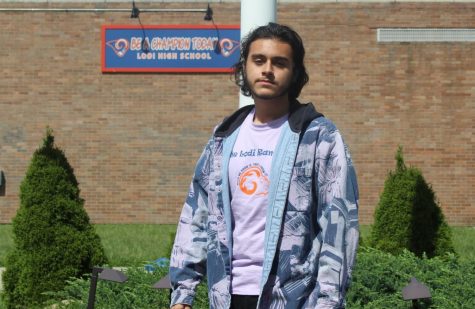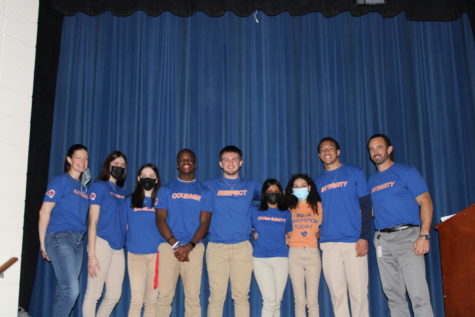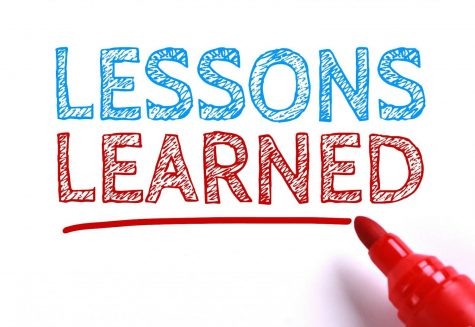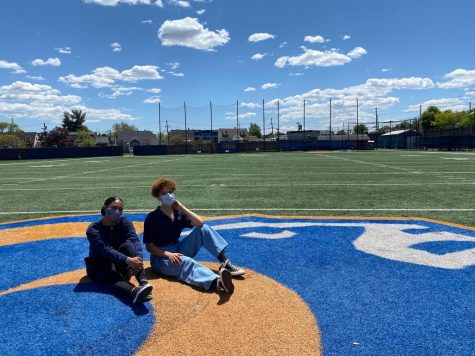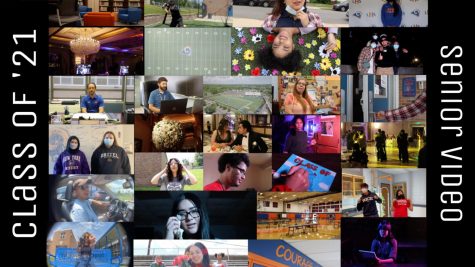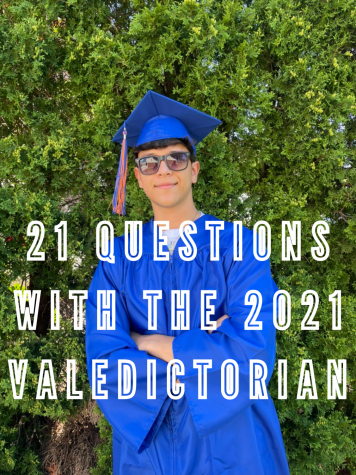Thanksgiving Exposed!
November 25, 2020
A beloved holiday by many, Thanksgiving is widely accepted as a day of gratitude. Many families and friends within the country cook and feast together, honoring the bonds around them. Even more, there is a whole parade dedicated to the festivity that occurs yearly in New York City. Although the spirit of the holiday encompasses love and admiration, the root of it all is not necessarily what one may believe. Once upon a Thanksgiving, we would learn that the feast that has established warm connections in our nation in fact has underlying ties to corruption and abuse that are often glossed over in our history books. It is time to unplug the cable of time and expose the history behind the day.
Context
Separatist settlers from England struggled quite a bit in their homeland of England. With a leader against them and a national identity at stake by migrating elsewhere (Holland), they sought to settle in a safer environment. This was when the concept of traveling to North America occurred to them. With approval by King James, separatists were able to travel to their desired location and away from the liabilities of England. Their departure on “The Mayflower” went into effect on September of 1620, and arrival at Plymouth Rock occurred on December 16, 1620. Upon arrival at Plymouth, conditions were not the most ideal, leading to multiple settler deaths for about the first year in America. Afterwards, however, the pilgrims came to encounter natives when members of the Abenaki tribe arrived to advise them of their standings through perfect English. Settlers had been actually building upon the grounds of dead tribes whom had died as a result of terrible weather conditions. During this confrontation, Squanto was also introduced –a native who also had perfect English, and had been enslaved by the English prior to escaping back to America. Squanto acted as not only a translator for the settlers, but also as a teacher for them to learn land cultivation and agricultural skills. Through these collaborative works, the separatists were able to gain the trust of specific tribes who once were weary of them through past interactions. The primary tribe, Wampanoag, which was led by Chief Massasoit, provided them with peace and trade. Massasoit and John Carver, the settlers’ governor, were also able to sit down and discuss a peace treaty that established no violence, no stealing, ally-ship, and a lack of weapon use on either side.
The “First” Thanksgiving
With respectful collaboration between the two groups, a fruitful harvest prevailed and garnered a celebration. With event planning by new governor William Bradford, a feast between the natives and colonists was established to ensue in November 1621. The celebration lasted for three days, and majorly consisted of cooking methods and foods provided by the natives.
Criticism and Historical Aftermath:
There are multiple misconceptions many Americans have in regard to the story above. For starters, the idea that the aforementioned feast was the first Thanksgiving. It is likely that Puritans never even used that word, as these feasts were often fastings used to commemorate god. For the separatists, the dinner was less of a celebration of bonds and relationships, but more so, a religious ritual. Furthermore, this was not the first time that a large dinner was held between natives and pilgrims. It was a common practice beforehand. As a result, a dinner like this was not the first one in American history. Lastly, the holiday was not immediately a holiday from that point on, rather, New York adopted it in 1817 as simply a day of thanks.
Another misconception is that the dinner maintained mutual peace indefinitely. That is also not true. As American history dictates, the more Europeans arrived and settled, the more space they occupied. With more numbers and many native populations fading as a result of contamination and illness, separatists became more demeaning. They did not hesitate to abuse and mistreat the tribes, causing bad blood between these groups. Over time, these indigenous people were forced off of their lands and away from their cultures, leading to revolts that would increasingly add more oppression. To reiterate a previous statement, at that point in time, the feast was more of a religious formality than a celebration of admiration.
Lastly, many of the foods people believe were had during the dinner were most likely not there. In the story behind the landing of Plymouth, the harsh conditions there caused a diminished amount of supplies and food. Part of the separatists original supply was sugar. It is inferred that many confections modernly associated with the holiday, such as cakes and pies, were never actually had on November 1621. What historians do know is that they definitely feasted on the meats of fowl and deer. Yum. It is also not completely known if a turkey was ever served on the days of the feast.
Closing Statements:
Over all, Thanksgiving is a holiday of gratitude and love, however, it does not excuse the ignorance of the masses. Thanksgiving has underlying themes of back stabbing, oppression, and racism. To comprehend the reality of the day is to be truly grateful. Part of appreciation stems from awareness, and being aware of one’s history allows one to recognize how much society has advanced from said point. How much we have progressed today, and how much we can progress tomorrow is the beauty of history and the people that have contributed to it. Now, that is something for which we can all be thankful!
For more information on the matter, check out the following sources:
https://www.history.com/topics/thanksgiving/history-of-thanksgiving
https://www.businessinsider.com/history-of-thanksgiving-2017-11
https://www.plimoth.org/learn/just-kids/homework-help/who-were-pilgrims
Thank you!

